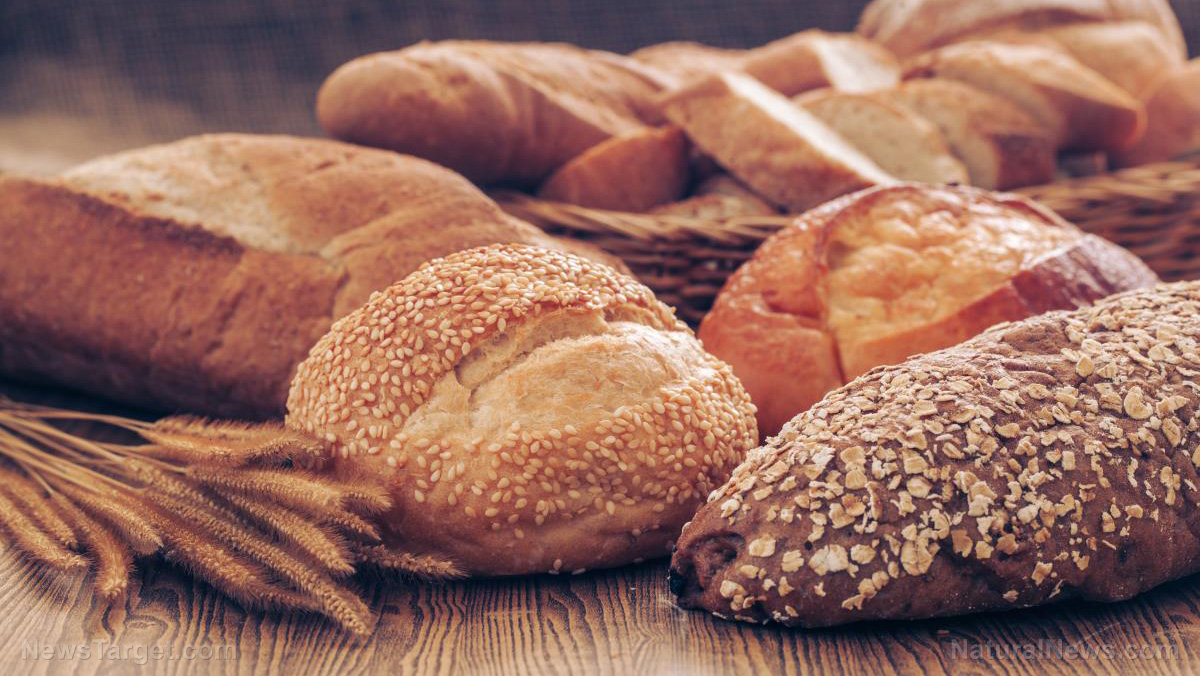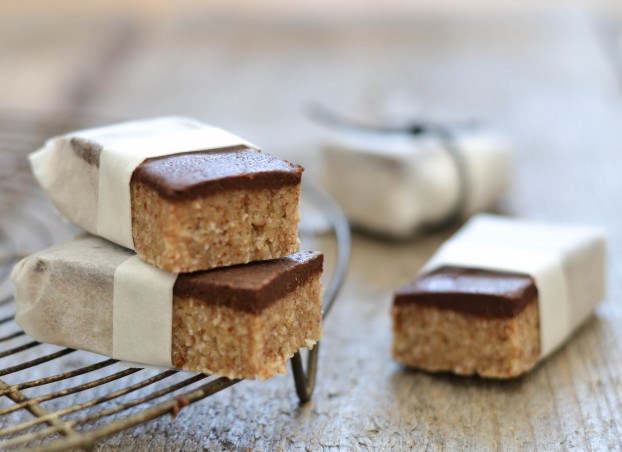Can essential oils prolong the shelf life of bread?
05/28/2019 / By Evangelyn Rodriguez

Essential oils are commonly used for aromatherapy and pain relief, but due to their wealth of active components, they can also be used for other things. Studies reveal that essential oils are also potent food preservatives. Researchers from Ghent University in Belgium further explored their potential, particularly in the preservation of bread from fungal spoilage. Their review, which was published in the Journal of Essential Oil Research, focuses on the recent advances in the application of essential oils in in vitro systems, as well as their antifungal properties, which make them very useful in the food industry.
The authors of the review reported that the potential of essential oils as antifungal food preservatives had been demonstrated in many studies. However, despite numerous reports, only a few studies have used essential oils to preserve bread or other bakery products. The impact of essential oils on dough and bread production, as well as on the physicochemical, microbiological, and sensory quality of bread need to be explored. Essential oils, according to the Belgian researchers, should be further studied so that they can be used in specific food matrices. While advances have been made in food preservation, they believe that further research is necessary to understand the mode of action and actual application of essential oils in bread and the bakery industry. (Related: Essential oil of bald cypress can prevent food spoilage.)
Essential oils as food preservatives
Aside from their diverse application in the food, perfume, and cosmetic industries, essential oils are also studied for their capacity as natural antimicrobials. Synthetic oils commonly used to prevent food deterioration are gaining notoriety for their side effects, and essential oils are now being looked at to replace them. Essential oils contain active components like terpenes, terpenoids, carotenoids, coumarins, and curcumins – compounds that exhibit antimicrobial and antioxidant activities. Therefore, essential oils as food preservatives not only offer a natural alternative for synthetic oils but also present a safe and cost-effective way of protecting food from spoilage caused by microbial pathogens.
A study published in the journal Food Research International examined the antifungal, antioxidant, and anti-aflatoxin efficacy of essential oils derived from marjoram (Origanum majorana), coriander (Coriandrum sativum), spiked ginger lily (Hedychium spicatum), myrrh (Commiphora myrrha), and ylang-ylang (Cananga odorata). They found that, even at low concentrations, these essential oils were more effective than some commonly used organic preservatives, such as salicylic acid, ascorbic acid, and gallic acid, in inhibiting the growth of Aspergillus flavus and its secretion of aflatoxins. A. flavus is a fungus that colonizes cereal grains, legumes, and tree nuts, causing them to rot. It is also known for producing poisonous mycotoxins known as aflatoxins. In vivo, the essential oils also conferred above 50 percent protection on chickpea seeds from A. flavus infestation.
A paper published in the journal Food Control reviewed the ability of essential oils to protect food while in storage. The authors reported that different essential oils showed inhibitory activities against mycotoxins as well as bacterial and fungal infestations. They also exhibited antioxidant activity by inhibiting free radical generation due to oxidative stress in several studies. The review also mentioned that some essential oils are already being used as food preservatives and are categorized as GRAS or “generally recognized as safe.” This is due to their favorable safety profile. And because of their volatile nature, these essentials oils could be used as fumigants for stored food in the future.
The mode of action of essential oil and its interactions with food matrix components have also been studied. In a review, which appeared in the journal Frontiers in Microbiology, researchers from Denmark reported that gram-negative bacteria were less susceptible than gram-positive bacteria to the antimicrobial compounds found in essential oils. This is because of molecules called lipopolysaccharides (LPS) present in their outer membrane. LPS are hydrophilic, so they create a barrier that rejects the hydrophobic antimicrobial compounds found in essential oils.
The researchers also reported that the terpenes contained in essential oils are poor antimicrobials compared with other active components. Terpenoids, on the other hand, are active against a broad spectrum of microorganisms due to their functional groups and their chemical interactions. Two well-known examples of terpenoids are carvacrol and thymol. The chemical structure and composition of phenylpropenes also contribute to the antimicrobial activity of essential oils. In particular, the free hydroxyl groups of the phenylpropenes, eugenol and isoeugenol, are important for their antibacterial activity. Isoeugenol and eugenol were found to effectively inhibit yeasts and most gram-positive and gram-negative bacteria. Interestingly, both compounds are more effective against gram-negative bacteria and molds than against gram-positive bacteria.
The findings reported by all of these studies suggest that essential oils are effective food additives that could improve the shelf life of bread.
Sources include:
Tagged Under: active components, antibacterial, antifungal, Antimicrobial, antioxidants, bacteria, bread, bread products, essential oils, food additives, Food Preservation, food preservatives, food science, food spoilage, Food storage, fungal infestation, mold, natural preservatives, phenylpropenes, research, rotting, terpenes, terpenoids, yeasts
RECENT NEWS & ARTICLES
COPYRIGHT © 2017 INGREDIENTS NEWS















